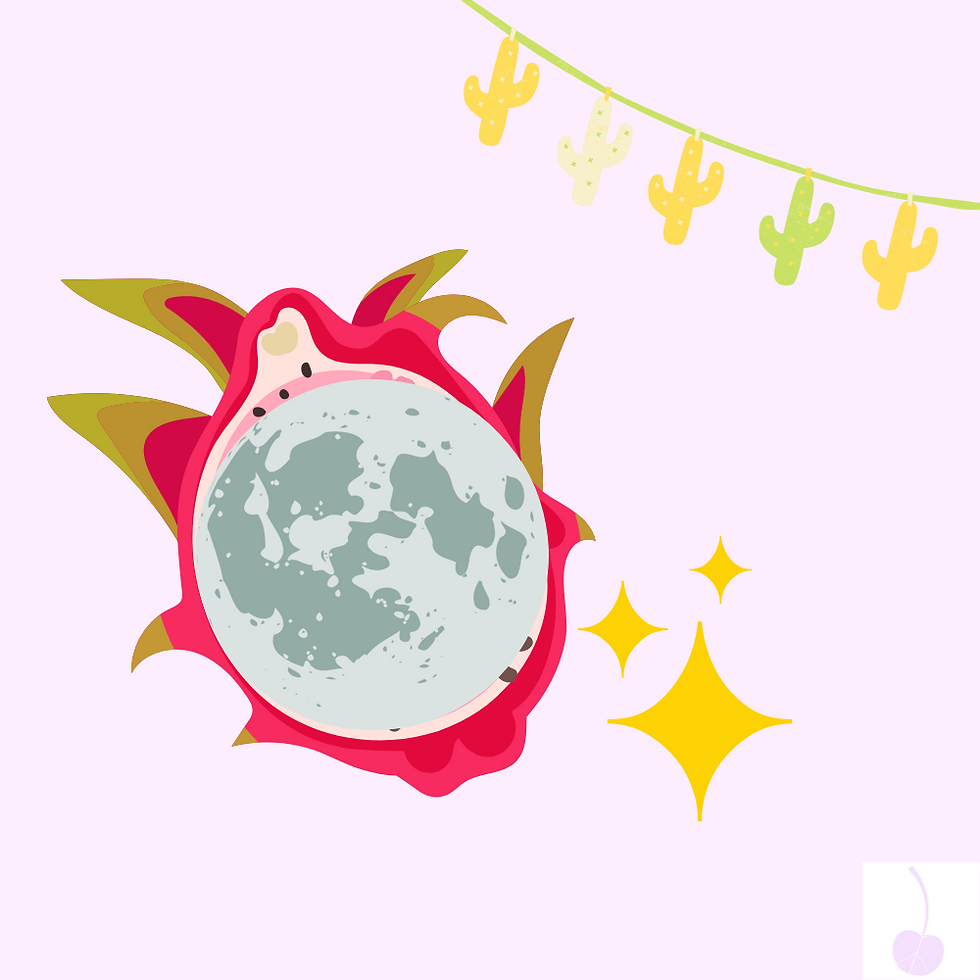Six Less-Known Facts about Health Foods
- healthyhumansclub

- Jan 18, 2021
- 4 min read
Updated: Mar 27
We can observe through our markets that many societies have taken a recent turn towards healthy lifestyles. Lauded for their nutritional benefits, whole foods recur in almost every health diet today. But whether or not you are a whole-foodie, here are six interesting things to know about these yummy powerhouses!
1. Guava is a Vitamin C warrior

What does Vitamin C do?
Vitamin C improves our immune system and increases our longevity (Padayatty et. al, 2003). In addition to lowering our risks of conditions like stroke, it also protects us from infectious agents and reduces the severity and duration of diseases (Wintergerst et. al, 2006). Diets rich in this potent nutrient have also been suggested to improve blood pressure (Trout, 1991).
Team G
Did you know that a hundred grams of Guava provides us with over 200mg of Vitamin C?
For reference, a hundred grams of Kiwi gives 93.2mg, Papaya gives 60.9mg and Orange gives 53.2mg (USDA, n.d.).
Can’t find a Guava? Seek these other understated performing warriors: Cantaloupe (36.7mg), Grapefruit (31.2mg) or the Mango (36.4 mg) (USDA, n.d.).
2. Kiwi

Was Orange a color or a fruit first? How about the Kiwi? Was it a bird or a fruit first?
Let’s unknot the many exciting plot twists of the Kiwifruit!
Under the name of “Chinese Gooseberry”, Kiwi is native to Southern China with a record that dates back to the Song Dynasty. The fruit transcended its medicinal uses to agricultural purposes upon reaching the soils of New Zealand.
The island country later brought to the world the popular and most widely planted variety today, the “Hayward”. Originally named after its developer “Hayward Wright”, the fuzzy green ball only acquired its current name in 1959. For marketing reasons, it was to be named after the national bird of its creator’s homeland (Blancke, 2016, p. 9).
3. Carrot

Protect your skin from excess carotene if you carrot all for your skin tone...
Carotenosis is a disease in which the skin color changes to orange by the deposition of carotenoids in the outer layer of the skin (Zahra et. al, 2016, p. 101). But don’t let words like “disease” or “medical condition” scare you - the good news is a lower carotene intake will reverse this uninvited transformation.
And don’t assume the skin-coloring culprits will only be yellow or orange - leafy greens and fruits such as apples and kiwis are also high in carotene.
4. Dragonfruit

Burnt by the Sun and Bloomed by the Moon, Dragonfruits are fascinating spectacles. But did you also know that they fruit from cactus - and only bloom on the night of a Full Moon (NY Times, 2011)? This fact has earned the attractive Magenta-colored fruit endearing names such as “Moon Belle” and “Moon Flower”.
5. Date

The Dragonfruit is not the only one possessing a cosmic affinity. The Date fruit shares a surprising parallel!
In order to receive the Moon God’s blessings, it was believed that the offshoots of Date Palms were best to be merrily planted on a night of the Full Moon. In Iraq, the grand tree has been laid upon its poetic Sabian name of “Sindirka”, which meant “Road to the Moon” (Nasrallah, 2011, p. 28).
6. Cacao

Cocoa? Or Cacao? What difference is there?
Cacao is used in reference to the tree, pods, or seeds while Cocoa is used in reference to chocolate production (Norris, 2013, p. 17). The nutritional understanding is that Cacao (A) is richer in nutrients and antioxidants as it is cold-pressed from unroasted beans. But Cocoa (O), its roasted and more-processed counterpart, makes up for the nutritional lag with a sweeter flavor (Aster, 2018). Things to consider the next time we are picking up these dark powders!
References
Blancke, R. (2016). 1. In Tropical fruits and other edible plants of the world: An illustrated guide (p. 9). Ithaca: Comstock Publishing Associates, a division of Cornell University Press.
Gordinier, J. (2011, May 10). A Fruit With a Future. Retrieved January 17, 2021, from https://www.nytimes.com/2011/05/11/dining/dragon-fruit-has-a-knack-for-getting-noticed.html
Nasrallah, N. (2011). 1. In Dates: A Global History (p. 28).
Norris, S. (2013). 1. In Hand-crafted candy bars: From-scratch, all-natural, gloriously grown-up confections (p. 17). San Francisco: Chronicle Books LLC.
Padayatty, S. J., Katz, A., Wang, Y., Eck, P., Kwon, O., Lee, J., . . . Levine, M. (2003). Vitamin C as an Antioxidant: Evaluation of Its Role in Disease Prevention [Abstract]. Journal of the American College of Nutrition, 22(1), 18-35.
Trout, D. L. (1991). Vitamin C and Cardiovascular Risk Factors [Abstract]. The American Journal of Clinical Nutrition, 53(1). doi:10.1093/ajcn/53.1.322s
USDA. (n.d.). FoodData Central. Retrieved January 17, 2021, from https://fdc.nal.usda.gov/
Wintergerst, E. S., Maggini, S., & Hornig, D. H. (2006). Immune-Enhancing Role of Vitamin C and Zinc and Effect on Clinical Conditions [Abstract]. Annals of Nutrition and Metabolism, 50(2), 85-94. doi:10.1159/000090495
Zahra, N., Alim-un-Nisa, Arshad, F., Malik, S. M., Kalim, I., Hina, S., . . . Inam, S. M. (2016). Comparative Study of Beta Carotene Determination by various Methods: A Review. Bio Bulletin, 2(1), 74-106.



Comments